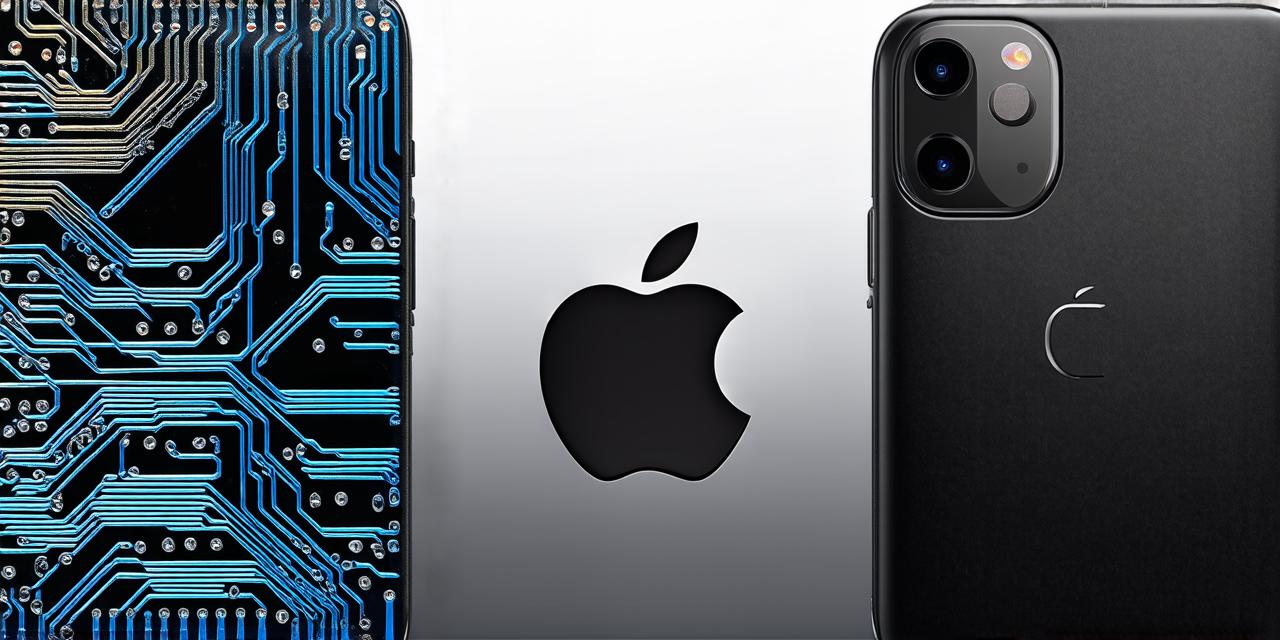iOS, short for iPhone Operating System, is an operating system developed by Apple for its smartphones and tablets. It was first introduced in 2007 along with the iPhone and has since become the most popular mobile operating system, with billions of devices running on it.
In this comprehensive guide, we will delve into the core features, capabilities, and benefits of iOS, as well as its various versions and updates. We will also provide insights into how to develop for iOS, including best practices and tools.
Core Features and Capabilities
iOS is packed with a wide range of features and capabilities that make it one of the most versatile and powerful mobile operating systems. Some of these include:
User Interface
The user interface (UI) of iOS is known for its simplicity, ease of use, and intuitive design. It features a series of icons that represent different applications, which can be accessed by swiping or tapping on the home screen. The UI also includes a control center, which provides quick access to common settings and controls, as well as a notifications center, which displays important messages and updates.
Security and Privacy
iOS takes security and privacy seriously, with a range of features designed to protect users’ data and personal information. These include Touch ID and Face ID for secure unlocking and authentication, end-to-end encryption for secure messaging and file sharing, and App Store review processes to ensure that apps are safe and trustworthy.
App Store and Ecosystem
iOS has a robust app store, which allows users to download and install a wide variety of applications, from productivity tools to gaming apps. The app ecosystem is also tightly integrated with other Apple services, such as iCloud for cloud storage and sharing, iTunes for music and video management, and Apple Pay for secure payments.
Hardware Compatibility

iOS is compatible with a wide range of hardware devices, including iPhones, iPads, and iPod touches. It also supports a variety of accessories, such as headphones, speakers, and external displays.
Version and Update History
iOS has gone through numerous versions and updates since its inception, with each version bringing new features and improvements. Some of the most notable versions include:
iOS 14
Released in September 2020, iOS 14 brought a number of new features and improvements, including redesigned widgets, an updated control center, and improved privacy settings. It also included a number of bug fixes and performance improvements.
iOS 13
Released in September 2019, iOS 13 introduced a number of new features, including a redesigned user interface, enhanced security and privacy settings, and improved performance. It also included a number of bug fixes and improvements.
iOS 12
Released in September 2018, iOS 12 brought a number of new features and improvements, including enhanced augmented reality capabilities, improved battery life, and an updated control center. It also included a number of bug fixes and performance improvements.
Developing for iOS
iOS is a popular platform for mobile app development, with millions of developers worldwide creating apps for the platform. To develop for iOS, you will need to have a Mac with Xcode, Apple’s integrated development environment (IDE). You will also need to have some knowledge of programming languages such as Swift or Objective-C.
